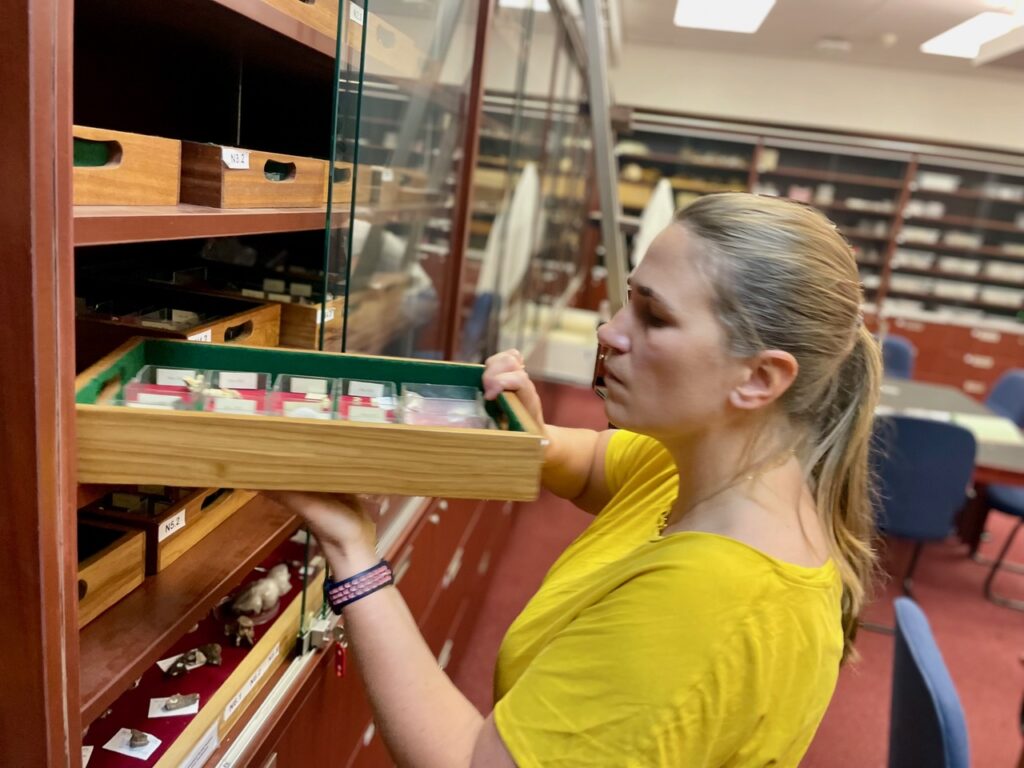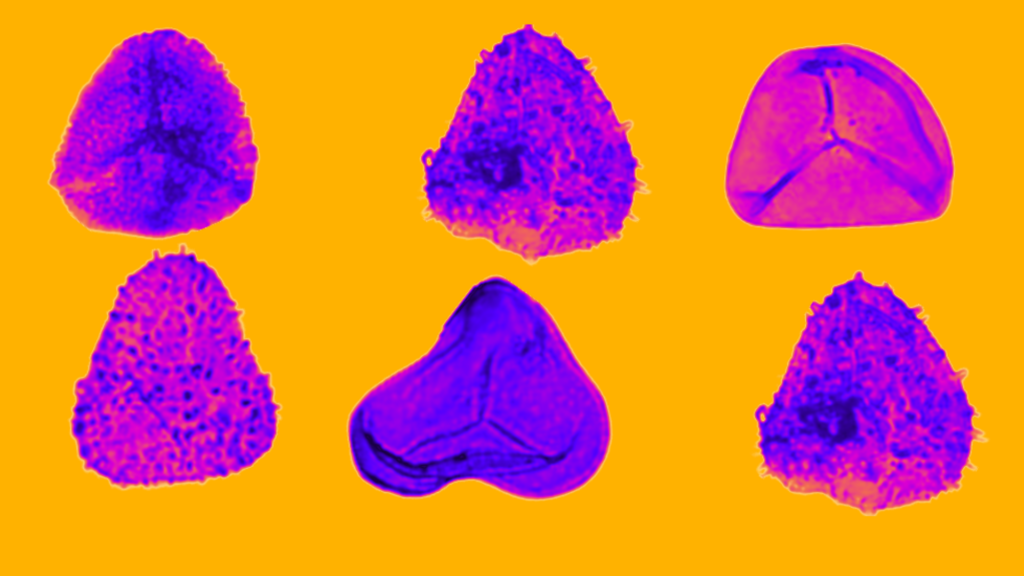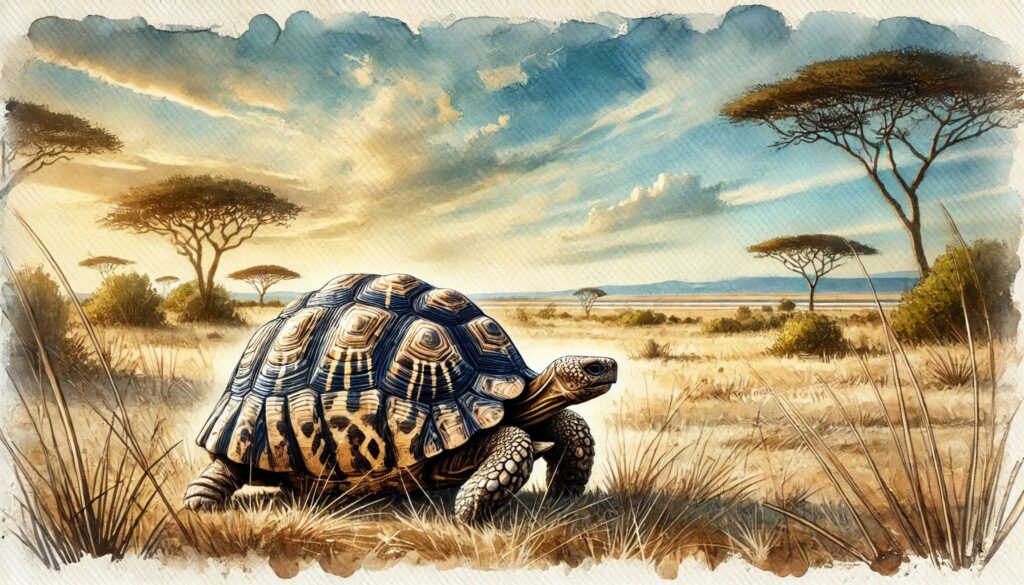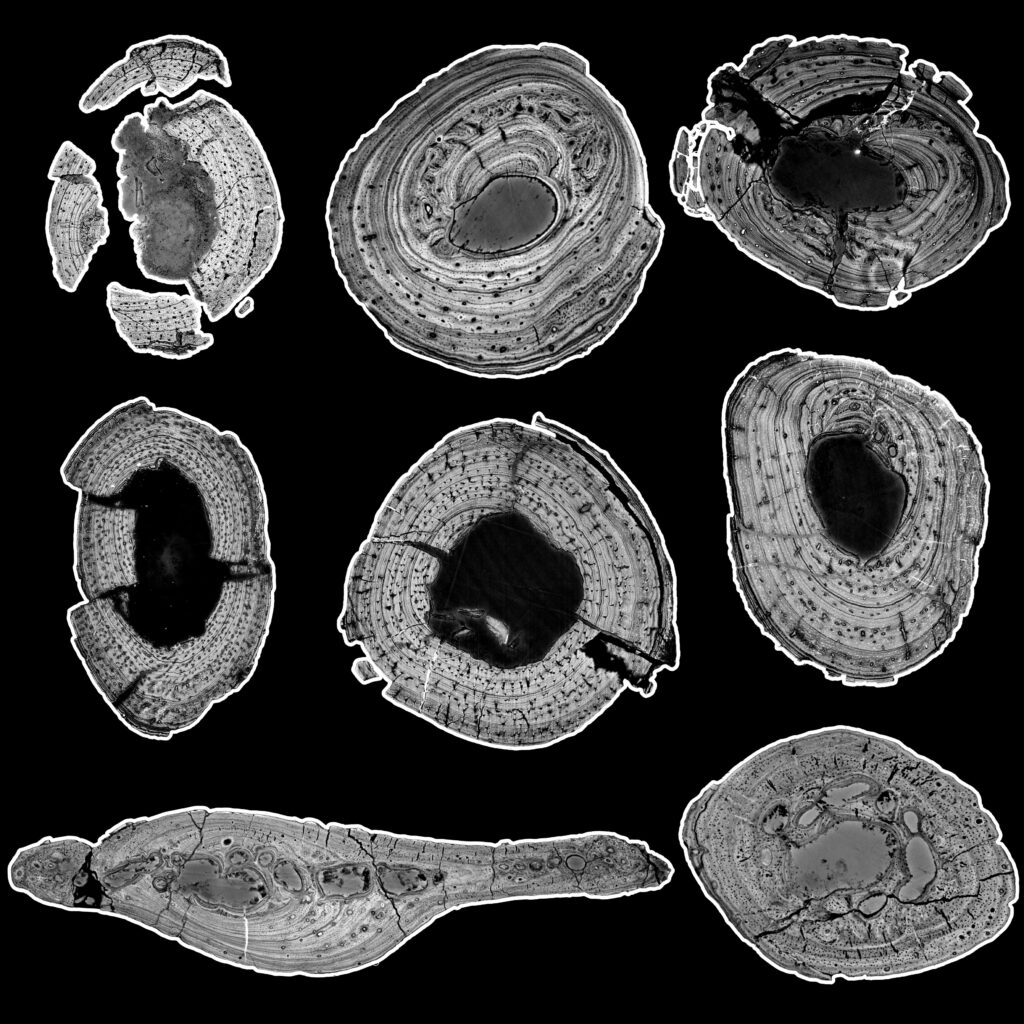Bridging Continents: Similar Ancient Volcanism Across South Africa, India, and Australia
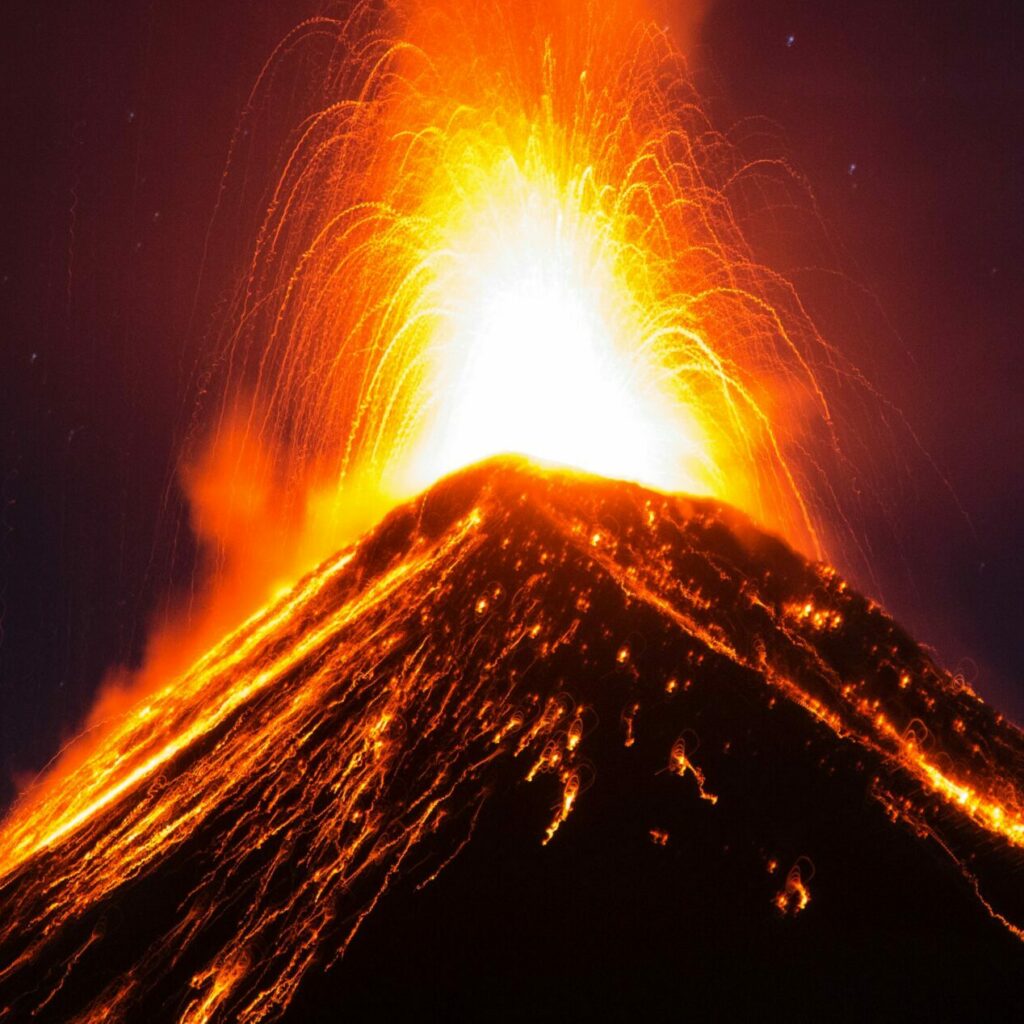
South Africa, India, and Australia, separated by vast distances today, hold a remarkable ancient secret. New findings published in Precambrian Research by Dr Jaganmoy Jodder and his team from the University of the Witwatersrand’s Evolutionary Studies Institute reveal that these regions once had similar volcanic activity that occurred 3.5 billion years ago. This groundbreaking study sheds light on the geologic history of these Archaean cratons and provides valuable insights into the early processes that shaped our planet.
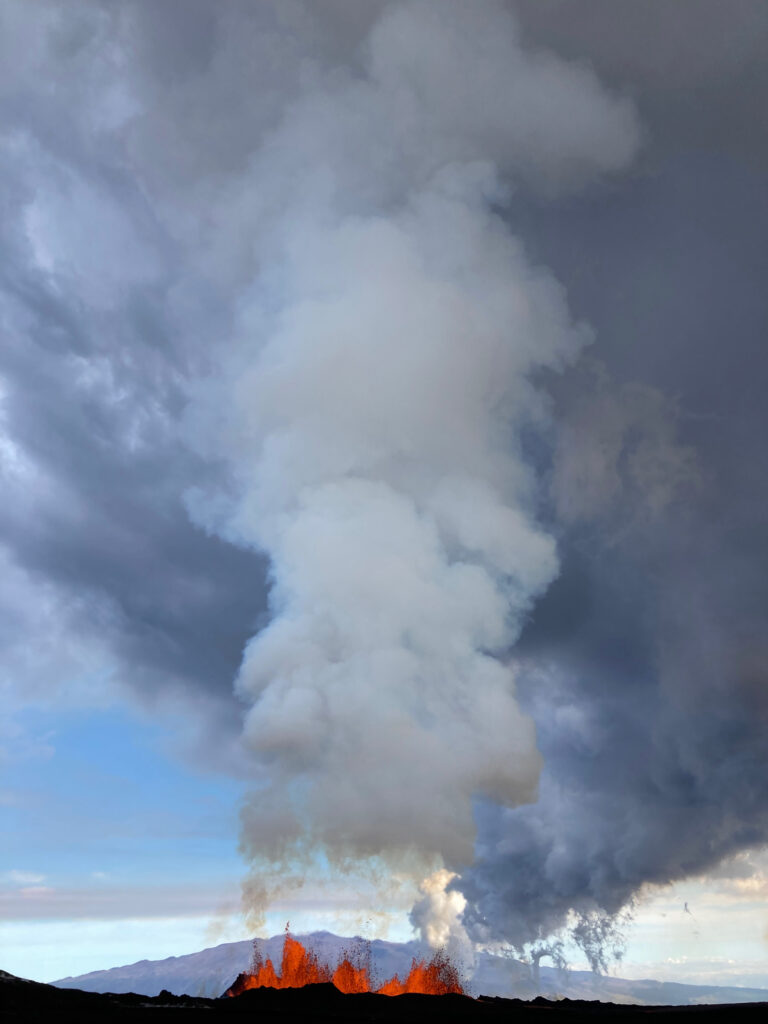
Cratons, the remnants of ancient continents, offer a glimpse into Earth’s distant past. These geological formations, composed of rock assemblages like greenstones and granites, have preserved relics of our young planet. Greenstones, consisting of sub-marine volcanic rocks with minor sedimentary rocks, serve as invaluable archives for studying early Earth surface processes due to their unique characteristics and preservation.
Dr Jodder and his colleagues conducted extensive field-based studies and precise Uranium-Lead (U-Pb) radiometric-age dating on volcanic and sedimentary rocks from the Daitari greenstone belt in India. Remarkably well-preserved, these rocks provide a rare opportunity to piece together the geological timeline and understand the tectonic evolution of the Daitari region.
“The Daitari greenstone belt shares a similar geologic makeup to the greenstones found in South Africa’s Barberton and Nondweni areas, as well as those in Australia’s Pilbara Craton,” explains Dr Jodder. This discovery highlights the interconnectedness of these regions during the early stages of Earth’s history.
The study reveals that between 3.5 and 3.3 billion years ago, sub-marine volcanic eruptions were common, leaving behind pillow lava formations within the greenstones of the Singhbhum, Kaapvaal, and Pilbara cratons. The study of silicic rocks revealed the volcanic patterns, offering evidence of explosions occurring both underwater and above water.
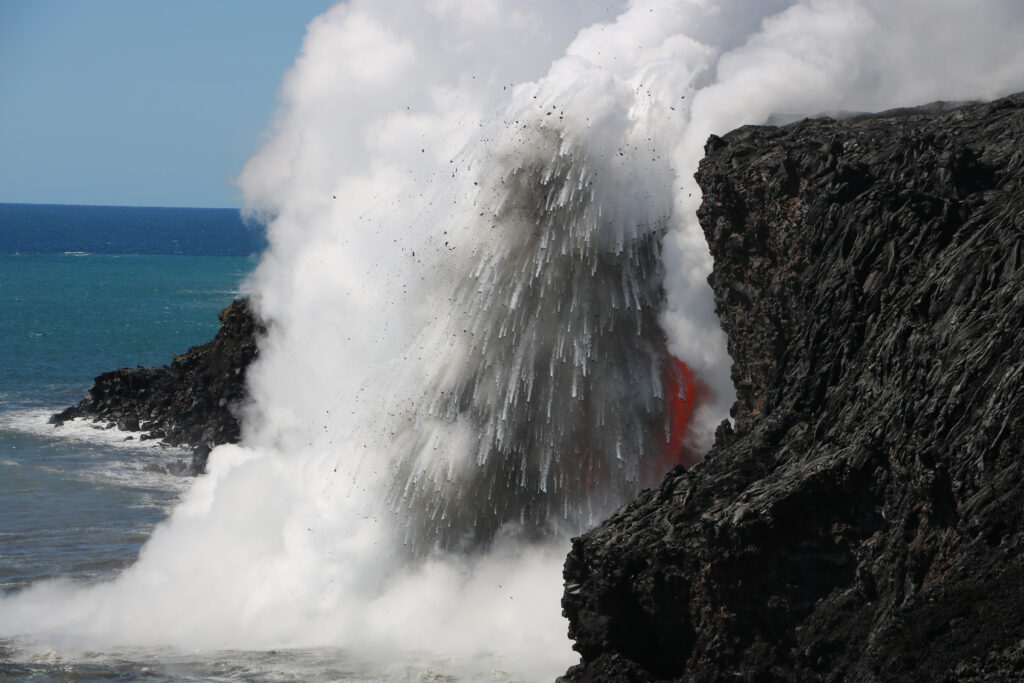
The researchers also found that after silicic volcanism, sedimentary rocks were formed when underwater currents deposited material from the drowned volcanic vents. Precise detrital U-Pb zircon data allowed for an accurate age estimate of approximately 3.5 billion years for these sub-marine sedimentary rocks. This valuable information not only aids in understanding diverse volcanic processes but also provides clues about habitable environments on the young Earth.
“These volcano-sedimentary rocks act as time capsules, offering insights into the evolutionary tale of our planet’s early stages,” remarks Dr Jodder. Through their research, he and his team propose that these ancient continents underwent geologically similar processes 3.5 billion years ago. However, the exact paleo-geographic positioning and whether they formed part of a supercontinent remain uncertain.
Dr Jodder emphasizes the broader implications of this study, stating, “This research enhances our understanding of the ancient volcano-sedimentary rocks in the Daitari area of India. It unravels the recognition of felsic magmatic processes shared by the Archaean cratons of India, South Africa, and Australia during the Palaeoarchaean era. These findings pave the way for further exploration of early Earth processes.”
By delving into the ancient past, this study not only unites these geographically distant regions but also deepens our understanding of the planet’s evolution. It is a testament to the interconnectedness of Earth’s geological history and offers a fascinating glimpse into the transformative forces that have shaped our world over billions of years.
